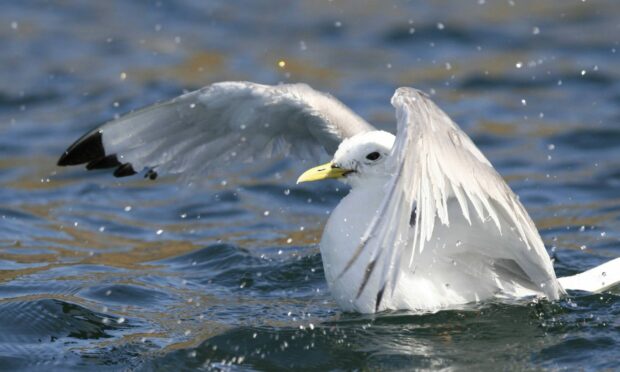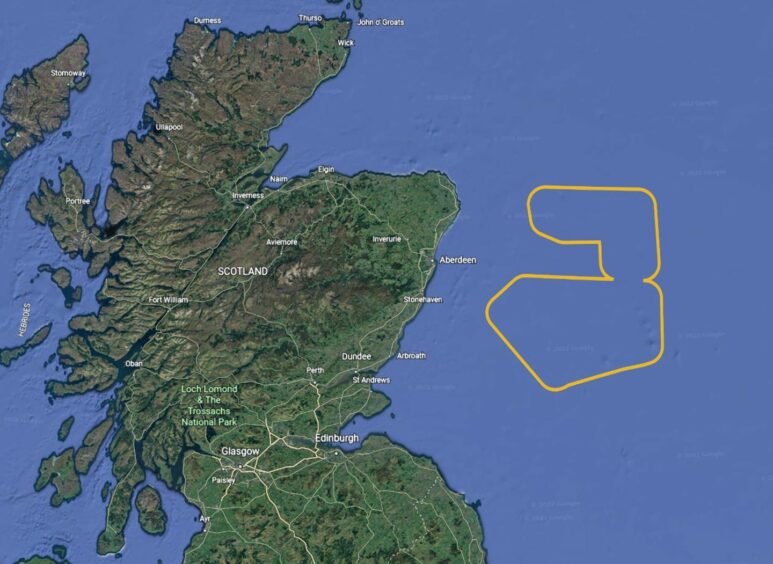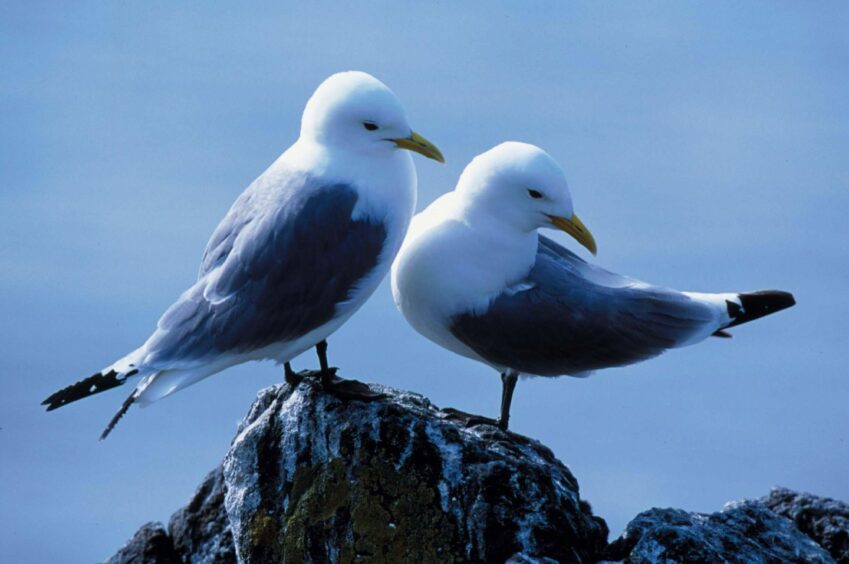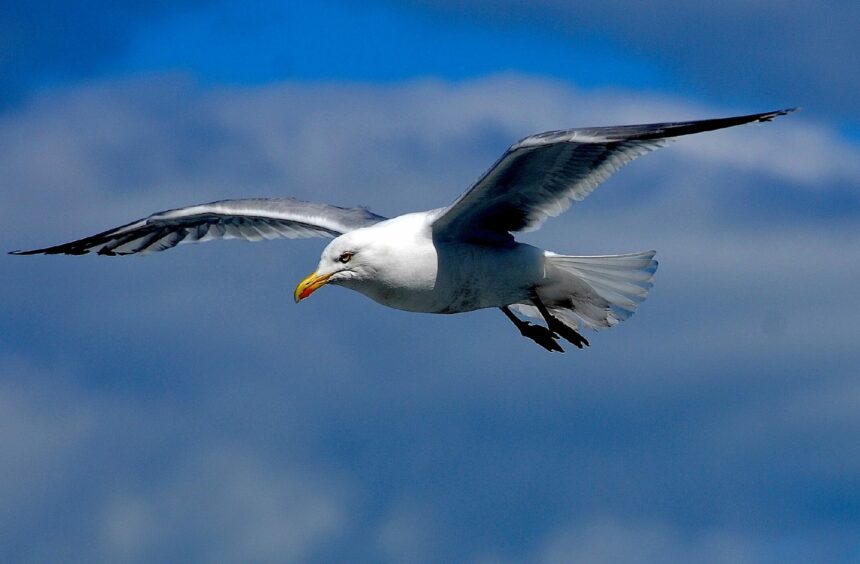A two-year digital aerial survey has documented the movements of more than 75,000 birds in the North Sea in a collaboration between offshore wind developers.
Aircraft have to date completed nearly 700 hours of flight time, collecting high-definition images across around 4,450 square miles off Scotland’s east coast – an area more than half the size of Wales.
The data collection was commissioned by developers who secured rights from Crown Estate Scotland (CES) as part of last year’s ScotWind leasing round.
Fred Olsen Seawind, Vattenfall, Scottish Power Renewables, Shell, SSE Renewables, CIP, Marubeni, Bluefloat, Renantis, BP and EnBW all co-operated to gather the ornithological data over the various licence areas.
The ongoing survey has also been also fast-tracked by the partnership to ensure the information is collected across two full seabird breeding seasons.
Each aircraftis equipped with high-definition cameras that capture live footage, which is then assessed by ornithology and marine experts.
75,000-plus birds studied to date
To date, the team has analysed nearly 35 million images and documented the habits of more than 75,000 birds and in excess of 700 non-avian animals.
The data will be shared with the Scottish Government to inform future versions of its sectoral marine plan.
RSPB Scotland previously warned of “potentially disastrous outcomes for biodiversity” as a result of new ScotWind projects. It has since welcomed “useful discussions” with the sector, but has urged industry and government to adopt a “nature positive” approach to any development.
‘Industry-leading’ collaboration
Ossian offshore wind farm consents manager Fraser Malcolm said: “Preservation and enhancement of the natural environment is a responsibility we take very seriously.
“Delivering this survey with the collaboration of other developers is an industry-leading example of joint working that is providing vital data on bird species and activity in this expansive area.
“It will help inform the… Scottish Government’s understanding of the area, as well as providing us with a platform to develop collaborative initiatives for further bird studies and wider initiatives.”
He added: “Collaboration in this area has led to further co-operation among developers which represents a win-win for everyone.
“We are all proud to have played our part. By working together, we hope to accelerate successful project delivery to help Scotland meet its net-zero targets.”
CES offshore wind director Michelle Quinn said: “We welcome the collaborative approach taken by offshore wind developers to undertake these aerial surveys.
“The outputs from this study have helped our understanding of bird activity off the east coast of Scotland for our ongoing planning work, and will continue to inform our future planning and consenting processes.
“Offshore Wind energy has an important role to play in the transition to low carbon energy sources, and we continue to support sustainable development that considers potential environmental, social and economic impacts.’’




Conversation